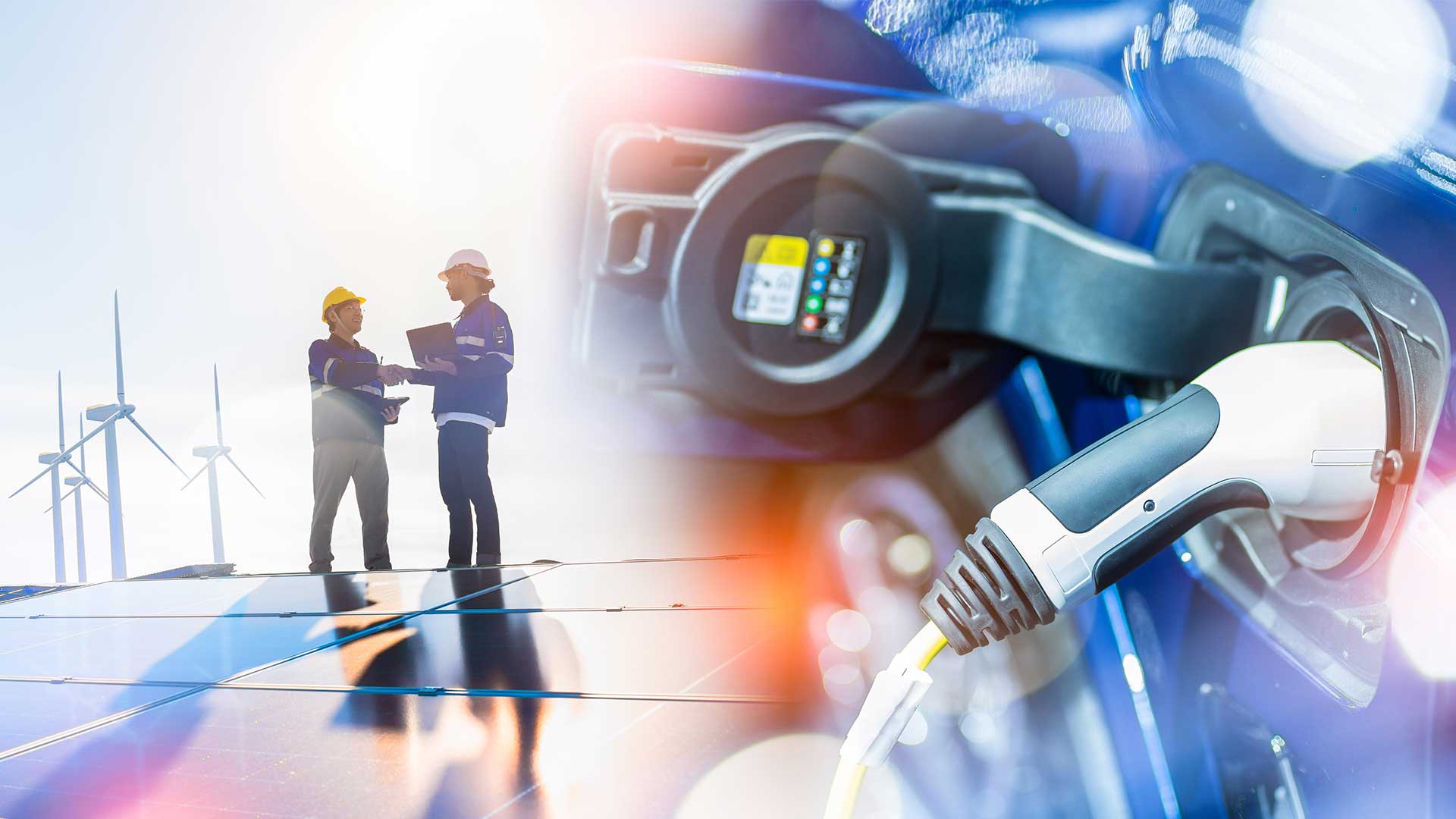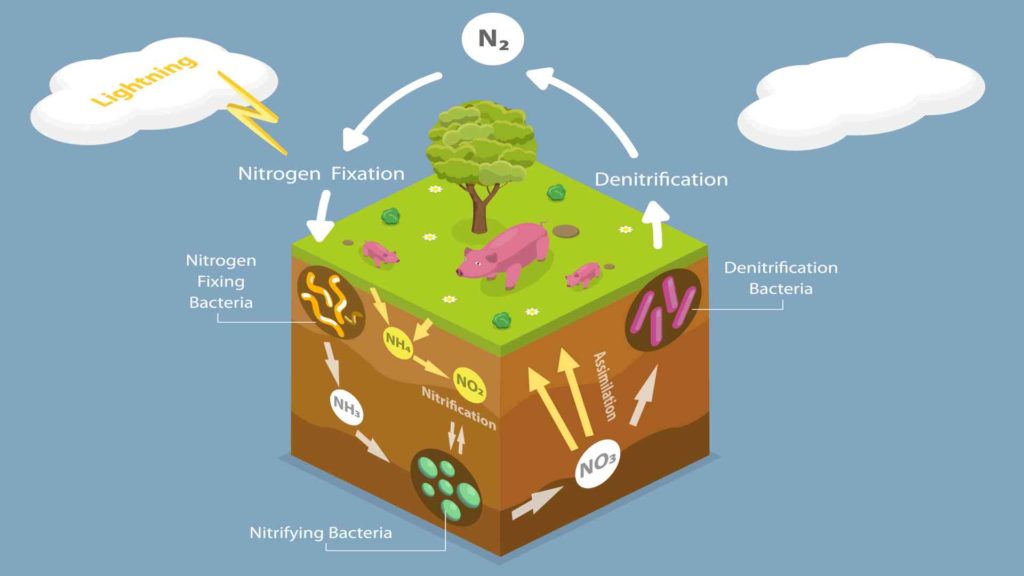Boron Reduces Carbon Dioxide
Boron reduces carbon dioxide: Boron is one such amazing catalyst that reduces CO2 in the presence of only water and light irradiation. This serves as a foundation for a new and more efficient method of transforming CO2 into a usable carbon source for manufacturing fuels and chemicals.

Boron Reduces Carbon Dioxide
Conversion of CO2 into Fuel
With the excessive depletion of carbon-rich fossil fuels and agroforest biomass supplies, the global energy crisis has caused environmental pollution, increasing carbon dioxide emissions. To address this issue and alleviate global warming and reduce our dependence on fossil fuels, some people propose converting CO2 into fuel. However, the highly efficient CO2 conversion is difficult due to the thermodynamic constraints and kinetic barriers.
Inspired by artificial photosynthesis, photocatalytic CO2 transformation has gained much attention and made significant development over the last few decades.
Integrated photo Thermo catalysis has recently evolved as an intelligent technique for utilizing solar energy to induce local heating and energetic hot carriers, facilitating CO2-to-fuel conversion synergistically. The catalysts’ development with enhanced activity, selectivity, and stability is vital to the development of CO2 up-gradation.
Boron: An Efficient Photo Thermocatalyst
A self-heating boron catalyst works as a light harvester, photothermal converter, hydrogen generator, and catalyst in one. Researchers in the Angewandte Chemie journal introduce a photo thermocatalytic reaction requiring no additives besides water. This could form a basis for a new and efficient approach for converting the greenhouse gas carbon dioxide into a useful carbon source.
The ideal route for turning CO2 into something useful is thought to be reduction aided by an appropriate catalyst using sunlight as the only source of energy. Even after decades, this remains too inefficient. “This stems from the insufficient utilization of solar energy, the high energy barrier to CO2 activation, and sluggish kinetics of multiple electron and proton transfers,” says Jinhua Ye.
Ye is now pursuing a strategy that uses both the light and thermal energy provided by sunlight with a team from the National Institute for Materials Science (NIMS) in Tsukuba, Ibaraki, and Hokkaido University in Sapporo (Japan), Tianjin University and Nanjing University of Aeronautics and Astronautics (China).
When the light shines on a surface, it is heated. The researcher believes in improving the performance of catalytic systems by utilizing this common photothermic phenomenon. Their preferred material is powdered elemental boron, as it absorbs sunlight quite well and transforms it photothermically, allowing it to heat up quickly.
With no extra reagents or co-catalysts, the team efficiently reduced CO2 to carbon monoxide (CO) and methane (CH4) under irradiation in the presence of water.
The boron particles heat up to roughly 378 °C when they are irradiated. It interacts with water at this temperature, creating hydrogen and boron oxides in situ. For CO2 molecules, the boron oxides behave as “traps.” The hydrogen is highly reactive and efficiently lowers CO2 in the presence of the light-activated boron catalyst by providing the necessary protons (H+) and electrons.
Industrial Implications with Photothermal CO2 Methanation
The photothermal effect may be used to heat a reactor. During a cold start of the methanation reaction, reactor heating is essential. A heating jacket or other heat exchanger apparatus is used in traditional methanation reactor systems to achieve this.
The advantage of photothermal systems is that high local temperatures may be generated very close to the catalytic site, minimizing heat transfer distances and allowing shorter start-up times and improved load flexibility compared to standard heating methods.
Photocatalytic or plasmonic effects could improve the effective reaction rate when light is introduced into a methanation reactor. This could enhance the number of reactants that can be processed for a given catalyst mass, or allow a smaller reactor to process the same amount of reactants.
Plasmonic photocatalysts might be used to change the caloric value of SNG by creating higher-value compounds such as ethane or other higher hydrocarbons; however, this is not a direct application of light to the CO2 methanation reaction. These compounds can be targeted during the photothermal CO2 hydrogenation reaction or converted into higher hydrocarbons via photocatalytic dehydrogenative coupling.
Promising Solution to Global Warming
A major role played by boron in the chemical transformation of CO2 into value-added chemicals and fuels has gained considerable attention recently, and it’s been seen as a viable way to address global warming, energy, and environmental problems. Solar-driven photocatalysis, in particular, has demonstrated significantly improved activities and selectivities, which are compelling to the scientific and industrial sectors and are similar to traditional thermocatalysis.





